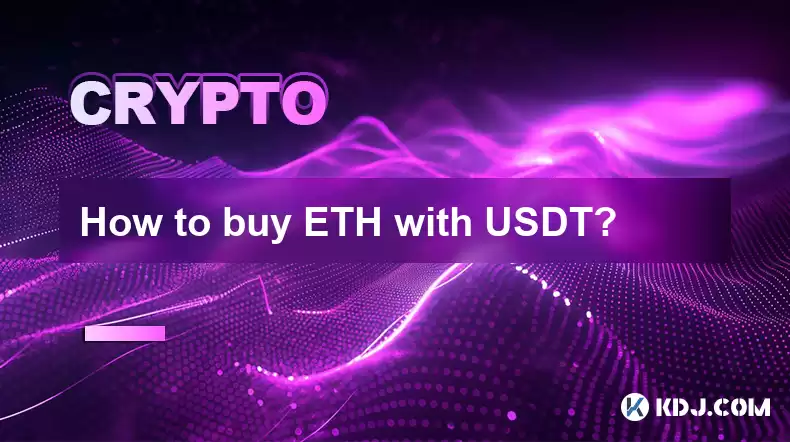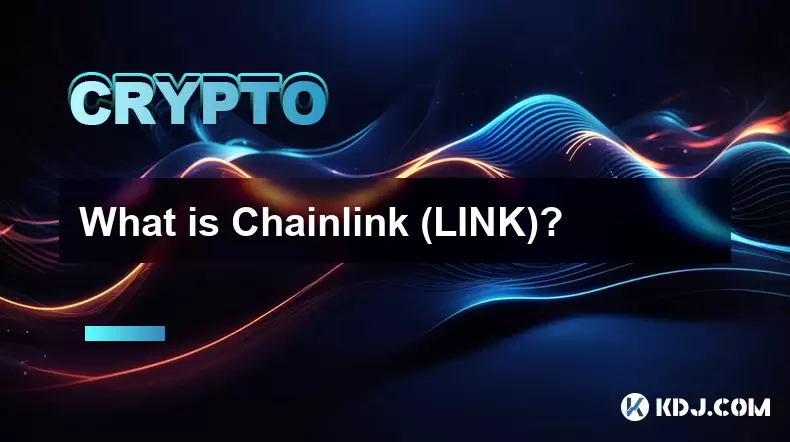-
 Bitcoin
Bitcoin $118900
0.42% -
 Ethereum
Ethereum $3710
-2.88% -
 XRP
XRP $3.513
-2.96% -
 Tether USDt
Tether USDt $1.000
-0.01% -
 Solana
Solana $203.0
3.65% -
 BNB
BNB $765.5
-1.29% -
 USDC
USDC $0.9998
0.00% -
 Dogecoin
Dogecoin $0.2671
-4.18% -
 Cardano
Cardano $0.8817
-3.63% -
 TRON
TRON $0.3139
-0.64% -
 Hyperliquid
Hyperliquid $44.34
-5.45% -
 Stellar
Stellar $0.4637
-4.08% -
 Sui
Sui $3.908
-2.59% -
 Chainlink
Chainlink $19.34
-2.62% -
 Hedera
Hedera $0.2712
-3.77% -
 Avalanche
Avalanche $24.97
-4.13% -
 Bitcoin Cash
Bitcoin Cash $519.8
-1.48% -
 Shiba Inu
Shiba Inu $0.00001518
-3.74% -
 Litecoin
Litecoin $115.6
-2.21% -
 Toncoin
Toncoin $3.460
3.68% -
 UNUS SED LEO
UNUS SED LEO $8.977
-0.07% -
 Polkadot
Polkadot $4.460
-2.96% -
 Uniswap
Uniswap $10.53
-5.43% -
 Ethena USDe
Ethena USDe $1.001
0.01% -
 Monero
Monero $323.6
-0.36% -
 Pepe
Pepe $0.00001379
-2.60% -
 Bitget Token
Bitget Token $4.772
-3.90% -
 Dai
Dai $0.9999
0.00% -
 Aave
Aave $307.5
-6.66% -
 Bittensor
Bittensor $441.8
0.84%
How to buy ETH with USDT?
To buy ETH with USDT, choose a reliable exchange like Binance or Coinbase, deposit USDT, and execute a trade, ensuring to transfer ETH to a secure personal wallet afterward.
Apr 17, 2025 at 10:50 pm

Introduction to Buying ETH with USDT
Buying Ethereum (ETH) with Tether (USDT) is a common transaction within the cryptocurrency market, often used by traders looking to move between stablecoins and more volatile assets. This process can be executed on various cryptocurrency exchanges that support both ETH and USDT trading pairs. Understanding how to navigate these platforms and execute trades efficiently is essential for anyone looking to engage in such transactions.
Choosing the Right Exchange
The first step in buying ETH with USDT is selecting a suitable cryptocurrency exchange. Popular exchanges that support this trading pair include Binance, Coinbase, and Kraken. When choosing an exchange, consider factors such as fees, security, user interface, and the liquidity of the ETH/USDT trading pair. Each exchange has its own set of features and fee structures, so it's important to do your research and select one that best fits your trading needs.
Creating and Verifying an Account
Once you've chosen an exchange, the next step is to create and verify your account. This typically involves:
- Visiting the exchange's website and clicking on the "Sign Up" or "Register" button.
- Entering your personal information, such as your email address and creating a strong password.
- Completing the verification process, which may require you to submit identification documents such as a passport or driver's license.
Verification is crucial as it not only complies with regulatory requirements but also enhances the security of your account.
Depositing USDT into Your Exchange Wallet
After your account is set up and verified, you'll need to deposit USDT into your exchange wallet. Here's how to do it:
- Navigate to the "Deposit" or "Wallet" section of the exchange.
- Select USDT from the list of available cryptocurrencies.
- Choose the network for the deposit (e.g., TRC20 or ERC20, depending on the type of USDT you have).
- Generate a deposit address and send your USDT to this address from your external wallet.
Ensure that you double-check the deposit address and network to avoid any errors that could result in lost funds.
Executing the Trade: Buying ETH with USDT
With USDT in your exchange wallet, you're ready to buy ETH. Follow these steps:
- Go to the trading section of the exchange and find the ETH/USDT trading pair.
- Decide on your trading strategy—whether you want to place a market order, which executes immediately at the current market price, or a limit order, which allows you to set a specific price at which you want to buy ETH.
- Enter the amount of USDT you wish to spend and review the order details.
- Confirm the order and wait for it to be executed.
Once the trade is complete, the ETH will be credited to your exchange wallet.
Withdrawing ETH to a Personal Wallet
After purchasing ETH, you might want to transfer it to a personal wallet for added security. To do this:
- Go to the "Withdraw" or "Send" section of the exchange.
- Select ETH as the cryptocurrency you want to withdraw.
- Enter the destination address of your personal wallet.
- Specify the amount of ETH you want to withdraw.
- Review the withdrawal details and any associated fees.
- Confirm the withdrawal and wait for the transaction to be processed on the blockchain.
Always ensure the destination address is correct to prevent loss of funds.
Managing Your ETH
Once your ETH is safely in your personal wallet, managing your holdings effectively is crucial. You can choose to hold onto your ETH as a long-term investment, trade it for other cryptocurrencies, or use it for various decentralized applications (dApps) and services on the Ethereum network. Keeping up with market trends and news can help you make informed decisions about your ETH holdings.
Frequently Asked Questions
Q: Can I buy ETH with USDT on decentralized exchanges (DEXs)?
A: Yes, you can buy ETH with USDT on decentralized exchanges like Uniswap or SushiSwap. The process involves connecting your wallet to the DEX, selecting the ETH/USDT trading pair, and executing a swap. DEXs offer more privacy and control over your funds but may have higher fees and less liquidity compared to centralized exchanges.
Q: What are the risks of buying ETH with USDT?
A: The main risks include volatility in the ETH price, potential security breaches on the exchange, and the risk of using USDT, which, despite being pegged to the USD, has faced scrutiny regarding its backing. Always use reputable exchanges and secure wallets to mitigate these risks.
Q: How long does it take to buy ETH with USDT?
A: The time it takes can vary depending on the exchange and the type of order you place. Market orders are typically executed almost instantly, while limit orders may take longer to fill, depending on market conditions. Withdrawal times to personal wallets can also vary, typically taking anywhere from a few minutes to several hours.
Q: Are there any fees associated with buying ETH with USDT?
A: Yes, there are usually fees involved, including trading fees charged by the exchange and potential withdrawal fees when transferring ETH to a personal wallet. These fees can vary widely between different exchanges, so it's important to check the fee structure before trading.
Disclaimer:info@kdj.com
The information provided is not trading advice. kdj.com does not assume any responsibility for any investments made based on the information provided in this article. Cryptocurrencies are highly volatile and it is highly recommended that you invest with caution after thorough research!
If you believe that the content used on this website infringes your copyright, please contact us immediately (info@kdj.com) and we will delete it promptly.
- PNC Bank & Coinbase: Banking on Crypto's Future, NYC Style
- 2025-07-23 06:30:12
- Ruvi AI: The Next Avalanche Riding the AI and Blockchain Wave?
- 2025-07-23 06:30:12
- Bullish Cryptos: BlockDAG Leads the Charge, Aptos Integrates WBTC, and More!
- 2025-07-23 07:10:14
- Crypto Coins Under $1 to Watch: BlockDAG, Stellar, Cronos, and Sei
- 2025-07-23 07:10:14
- Ruvi AI: Is This Token Primed for Avalanche-Sized Gains?
- 2025-07-23 06:50:12
- Cloud Mining: Low Threshold, High Income? Decoding the Trend
- 2025-07-23 06:50:12
Related knowledge

What is Chainlink (LINK)?
Jul 22,2025 at 02:14am
Understanding Chainlink (LINK): The Decentralized Oracle NetworkChainlink is a decentralized oracle network designed to bridge the gap between blockch...

What is Avalanche (AVAX)?
Jul 22,2025 at 08:35am
What is Avalanche (AVAX)?Avalanche (AVAX) is a decentralized, open-source blockchain platform designed to support high-performance decentralized appli...

What is Polkadot (DOT)?
Jul 19,2025 at 06:35pm
Understanding the Basics of Polkadot (DOT)Polkadot (DOT) is a multi-chain network protocol designed to enable different blockchains to transfer messag...

What is Monero (XMR)?
Jul 21,2025 at 10:07am
What is Monero (XMR)?Monero (XMR) is a decentralized cryptocurrency designed to provide enhanced privacy and anonymity for its users. Unlike Bitcoin a...

How to add indicators to Ethereum chart on TradingView?
Jul 19,2025 at 07:15am
What Is an Ethereum Chart on TradingView?The Ethereum chart on TradingView is a visual representation of the price movement of Ethereum (ETH) over a s...

How to use the Ichimoku Cloud for ETH?
Jul 18,2025 at 09:56pm
Understanding the Ichimoku Cloud and Its ComponentsThe Ichimoku Cloud, also known as Ichimoku Kinko Hyo, is a versatile technical analysis tool that p...

What is Chainlink (LINK)?
Jul 22,2025 at 02:14am
Understanding Chainlink (LINK): The Decentralized Oracle NetworkChainlink is a decentralized oracle network designed to bridge the gap between blockch...

What is Avalanche (AVAX)?
Jul 22,2025 at 08:35am
What is Avalanche (AVAX)?Avalanche (AVAX) is a decentralized, open-source blockchain platform designed to support high-performance decentralized appli...

What is Polkadot (DOT)?
Jul 19,2025 at 06:35pm
Understanding the Basics of Polkadot (DOT)Polkadot (DOT) is a multi-chain network protocol designed to enable different blockchains to transfer messag...

What is Monero (XMR)?
Jul 21,2025 at 10:07am
What is Monero (XMR)?Monero (XMR) is a decentralized cryptocurrency designed to provide enhanced privacy and anonymity for its users. Unlike Bitcoin a...

How to add indicators to Ethereum chart on TradingView?
Jul 19,2025 at 07:15am
What Is an Ethereum Chart on TradingView?The Ethereum chart on TradingView is a visual representation of the price movement of Ethereum (ETH) over a s...

How to use the Ichimoku Cloud for ETH?
Jul 18,2025 at 09:56pm
Understanding the Ichimoku Cloud and Its ComponentsThe Ichimoku Cloud, also known as Ichimoku Kinko Hyo, is a versatile technical analysis tool that p...
See all articles

























































































